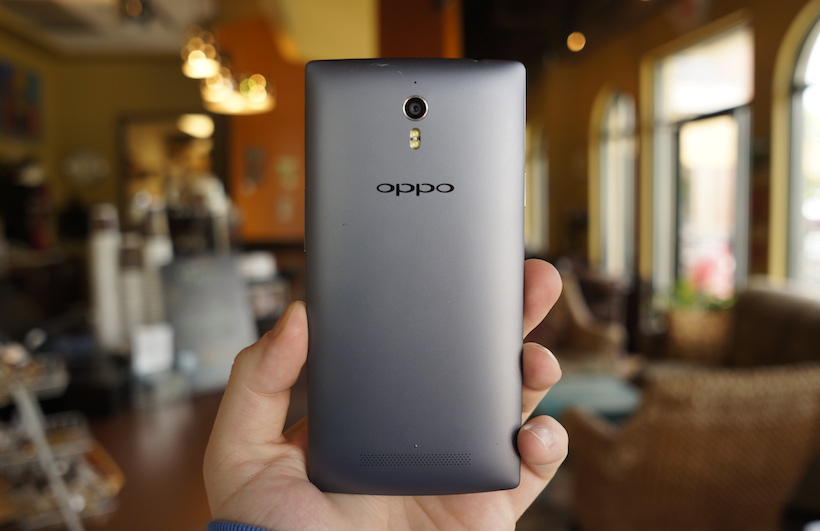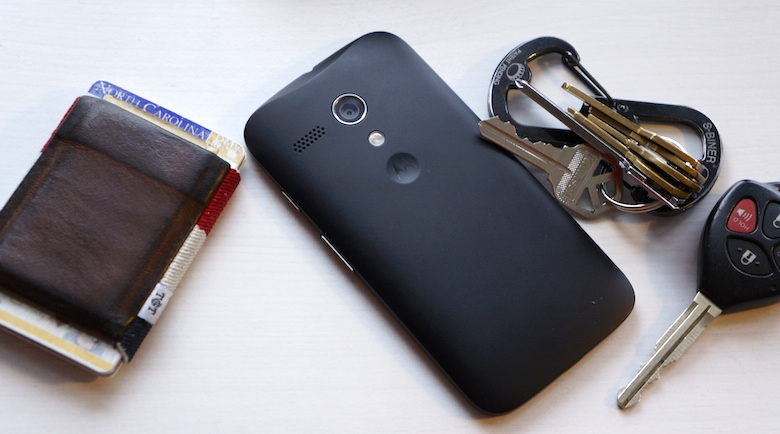If you’re anything like me, it’s probably difficult for you to get excited about yet another smartphone release out of China.
The fact of the matter is, most Chinese phones never see the light of day here in the United States. The Chinese market operates differently than any other mobile market – releasing phones at its own pace and, ultimately, marching to the beat of its own drum.
Most of us (especially here in the States) actually know very little about the Chinese smartphone market. Giant smartphone manufacturers in China have only a small presence stateside. Most of their phones are relegated to prepaid carriers, and that alone is part of what makes it challenging to get excited when Huawei, ZTE, OPPO, and others make a new smartphones.
 It’s not that every smartphone from these companies are nothing more than prepaid material, it’s that we have no history with them and we’ve only ever been given a very small glimpse into what they’re capable of – that is, until recently.
It’s not that every smartphone from these companies are nothing more than prepaid material, it’s that we have no history with them and we’ve only ever been given a very small glimpse into what they’re capable of – that is, until recently.
At CES this year, Huawei has stated that it wants to make a more global push and break into the U.S. smartphone market. ZTE and OPPO are doing the same. And one other tech giant out of China has plans to go international, as well: Xiaomi.
Xiaomi is a particularly interesting story, however. In August 2013, Hugo Barra, former vice president of Android product management, announced he was leaving Google to become Vice President of Xiaomi. Hugo Barra, the face most every tech enthusiast had married with “new Google hardware” was leaving the company to help a company we’d barely ever heard of expand internationally.
The question is, should we care about Xiaomi? Can it create compelling enough hardware to sweep us off our feet or sway us away from more well-known brands in the western world?
This morning, the Redmi 1S arrived on my doorstep, begging for attention. It’s not the company’s flagship by any means – that title currently goes to the Mi 3. But the Redmi 1S, in particular, is interesting for more than one reason.
Let’s be honest, smartphones have always been relatively expensive and, until as recent as last year, buying just about anything but the best would result in months of torment and regret. As such, this value smartphone market – and I say “value“, not “budget”, for a reason – is bursting at the seams. Some may credit that to Motorola with its extremely sweet bargain, the Moto G, but it would be wrong to give that credit to any one manufacturer. Google has teamed up with LG for the last two years to deliver high-end smartphones for not a lot of cash. OnePlus One is attempting to turn the market on its head with the most high-end smartphone possible for an unusually low price tag. (That isn’t working so well for them so far, but it’s the thought that counts, right?)
 Naturally, people want the best bang for their buck, the absolute best smartphone they can buy without breaking the bank. The Redmi 1S is Xiaomi’s attempt at just that. You can think of it as a direct Moto G competitor, straight out of China. And, honestly, though my time with the Redmi 1S is still very limited, the immediate impression is quite good.
Naturally, people want the best bang for their buck, the absolute best smartphone they can buy without breaking the bank. The Redmi 1S is Xiaomi’s attempt at just that. You can think of it as a direct Moto G competitor, straight out of China. And, honestly, though my time with the Redmi 1S is still very limited, the immediate impression is quite good.
Specifications are on par with other budget smartphones. It has a 4.7-inch 720p IPS LCD, 1GB RAM, 8GB fixed storage, an 8-megapixel rear camera, 1.6GHz quad-core Snapdragon SoC, and a 2,000mAh battery. In typicaly Xiaomi style, you can currently purchase it from Xiaomi’s web store for $169.99 (right around cost) plus shipping and tax. It comes with a leather flip case, car charger, stylus, and a screen protector.
The major differences between the Redmi 1S and Moto G are minuscule, at best. The Moto G has a 5-megapixel camera and its quad-core CPU is clocked at 1.2GHz, and the Redmi 1S has a removable battery, microSD card slot, and dual-SIM support. Meanwhile, the Moto G can be purchased from Motorola for $179, though you can find it through various channels for cheaper.
Very few manufacturers have attempted to take Motorola on head-first with an exceptional bargain smartphone like the Moto G. Those that do always seem to miss the mark. I just wrapped-up my review of the Desire 610 earlier this week. Despite having similar specifications as the Redmi 1S and Moto G, the Desire 610 costs nearly twice as much, has a noticeably worse display, and an even worse build and design.
HTC, a company we all know and (most of us) love here in the States, failed to create an affordable phone as compelling as the Moto G while Xiaomi has created a phone which is better on paper, currently selling for less, and bears an even better design and build quality.
Point being, Xiaomi has flown under the radar and manufactured what should be a phone we’re all talking about – at least for those looking for a budget smartphone. The problem is, it’s not actively targeted at the U.S. and it isn’t marketed here at all. (In fact, Xiaomi doesn’t do any marketing in the traditional sense, but rather relies on social media and its fan base.)
So should you care about it? Should you care about Xiaomi? And should Xiaomi bring phones to the States?
 Frankly, yes. The more manufacturers here – especially those looking to push the limits and break from the norm – the merrier, right?
Frankly, yes. The more manufacturers here – especially those looking to push the limits and break from the norm – the merrier, right?
Xiaomi isn’t some fly-by-night manufacturer. It’s a reputable force with a short history to back it up. Sure, it has its quirks, like CEO Lei Jun, who many have called a counterfeit Steve Jobs for his attire, presentations, and even core principles. Many have also said Xiaomi lacks true innovation and only mimics the competition. Say what you will, but the company seems to value quality. Evidence of that can be seen in the Redmi 1S. It’s far from perfect or breathtaking, but if you consider its price and quality, I would consider it a feat. And I’m interested to see more hardware out of Xiaomi.
The company also now has Hugo Barra to back it up. And even Google’s Matias Duarte is reported to have been impressed with some of Xiaomi’s work in MIUI, a very popular custom strain of Android.
Xiaomi is an unusual company, sure, but it’s one to keep an eye on, especially as it continues to expand internationally. And while I’m not quite ready to recommend the the Redmi 1S over the Moto G just yet, it’s the first phone to even come close to competing on the same level as Motorola’s budget smartphone. That alone should speak volumes.


No comments:
Post a Comment